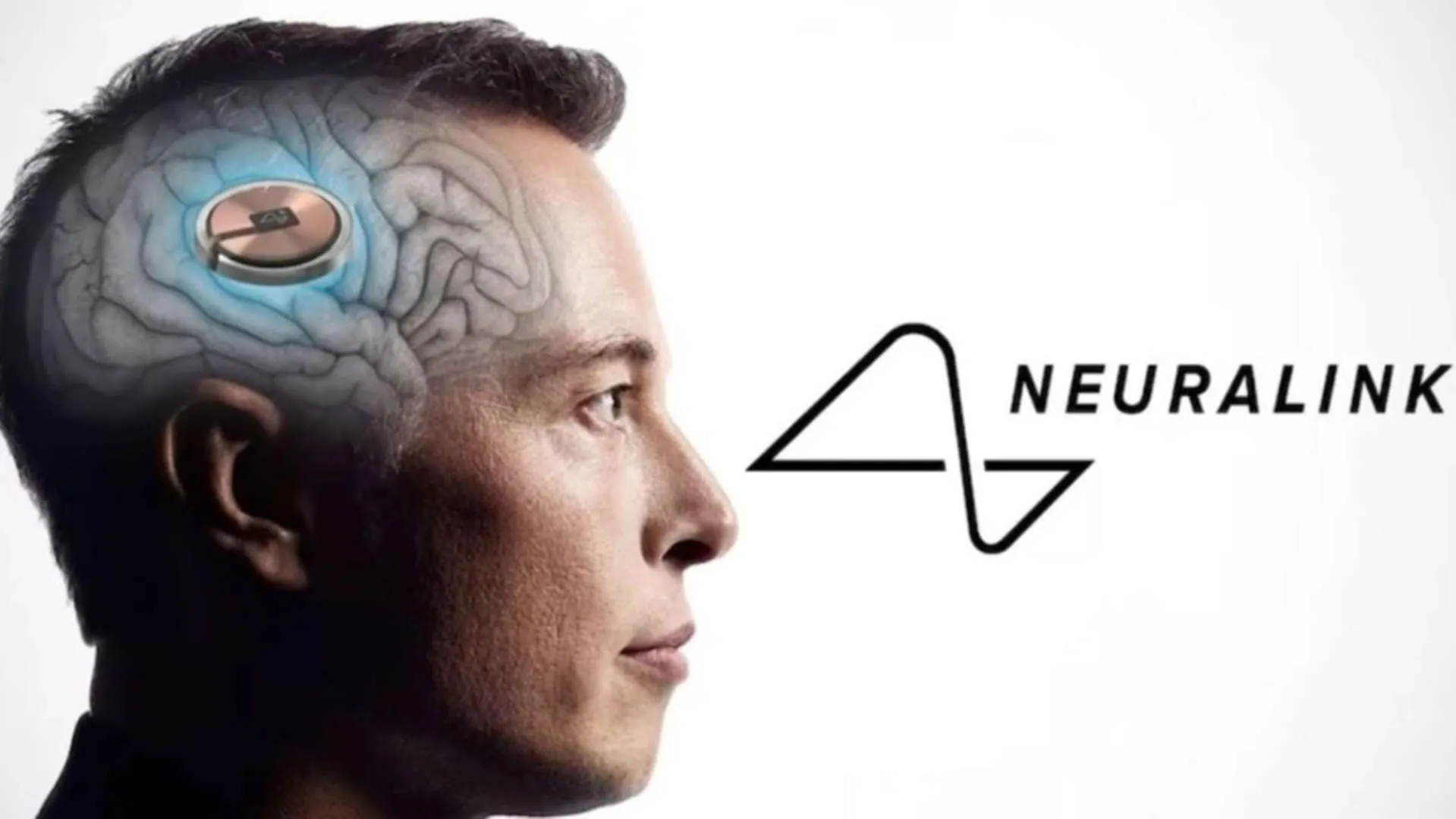In a twist reminiscent of a “Black Mirror” episode, a wave of enthusiasm is sweeping across thousands of individuals who are eagerly embracing the prospect of implanting Neuralink’s revolutionary brain chip. Spearheaded by Elon Musk, Neuralink’s brain-computer interface (BCI) project aims to push the boundaries of technology, bridging the gap between human brains and machines in a way that once seemed purely futuristic.
The Journey So Far
Founded by Musk in 2016, Neuralink embarked on a mission to pioneer brain-machine interfaces. Recent reports by Ashlee Vance, a biographer closely following Musk’s ventures, shed light on the progress made. Despite hurdles, including initial skepticism from regulatory authorities, Neuralink has gained momentum.
Earlier this year, the US Food and Drug Administration (FDA) granted approval for Neuralink to initiate human trials for its groundbreaking device. Described by Musk as a “Fitbit in your skull,” the device faced concerns initially, such as potential issues with the movement of wires and overheating. However, the approval marked a significant milestone, paving the way for Neuralink’s vision of a seamless integration between humans and machines.
The Human Trials
Neuralink’s quest for a perfect union between humans and technology has led to the recruitment of candidates for its human trials. Seeking individuals with paralysis in all four limbs due to conditions like spinal cord injuries or ALS, Neuralink aims to offer hope and solutions to those grappling with neurological disorders. The process involves a craniectomy, where a portion of the skull is removed, followed by the insertion of ultra-thin electrodes and wires into the brain—a procedure facilitated by a cutting-edge robotic system.
The surgery, though intricate, is a testament to Neuralink’s commitment to innovation. The ultra-thin threads used in the procedure, about 1/14th the width of a human hair strand, showcase the precision and sophistication of the technology involved.
The Animal Trials
The Ethical Frontier
While the progress made by Neuralink is undeniably remarkable, it raises pertinent ethical and societal questions. As human minds and machines converge, the ethical implications of this fusion are a topic of intense debate. Musk’s vision for surgeries to be conducted entirely by robots accentuates the groundbreaking yet controversial nature of this endeavor.
Looking Ahead
In a world where the line between science fiction and reality continues to blur, Neuralink’s strides herald a future where the boundaries of human potential are redefined. As the journey unfolds, it is not just about embracing innovation; it is about navigating the ethical maze and ensuring that progress is accompanied by responsibility.
Conclusion
The eagerness of thousands to embrace Neuralink’s brain-computer interface signifies a collective yearning for progress and a future where the union of human intelligence and technological prowess knows no bounds. As Neuralink ventures into uncharted territories, it does so with the promise of transforming lives and reshaping our understanding of what it means to be human in an increasingly interconnected world. Embracing the future, one chip at a time, humanity marches forward into a new era of endless possibilities.
